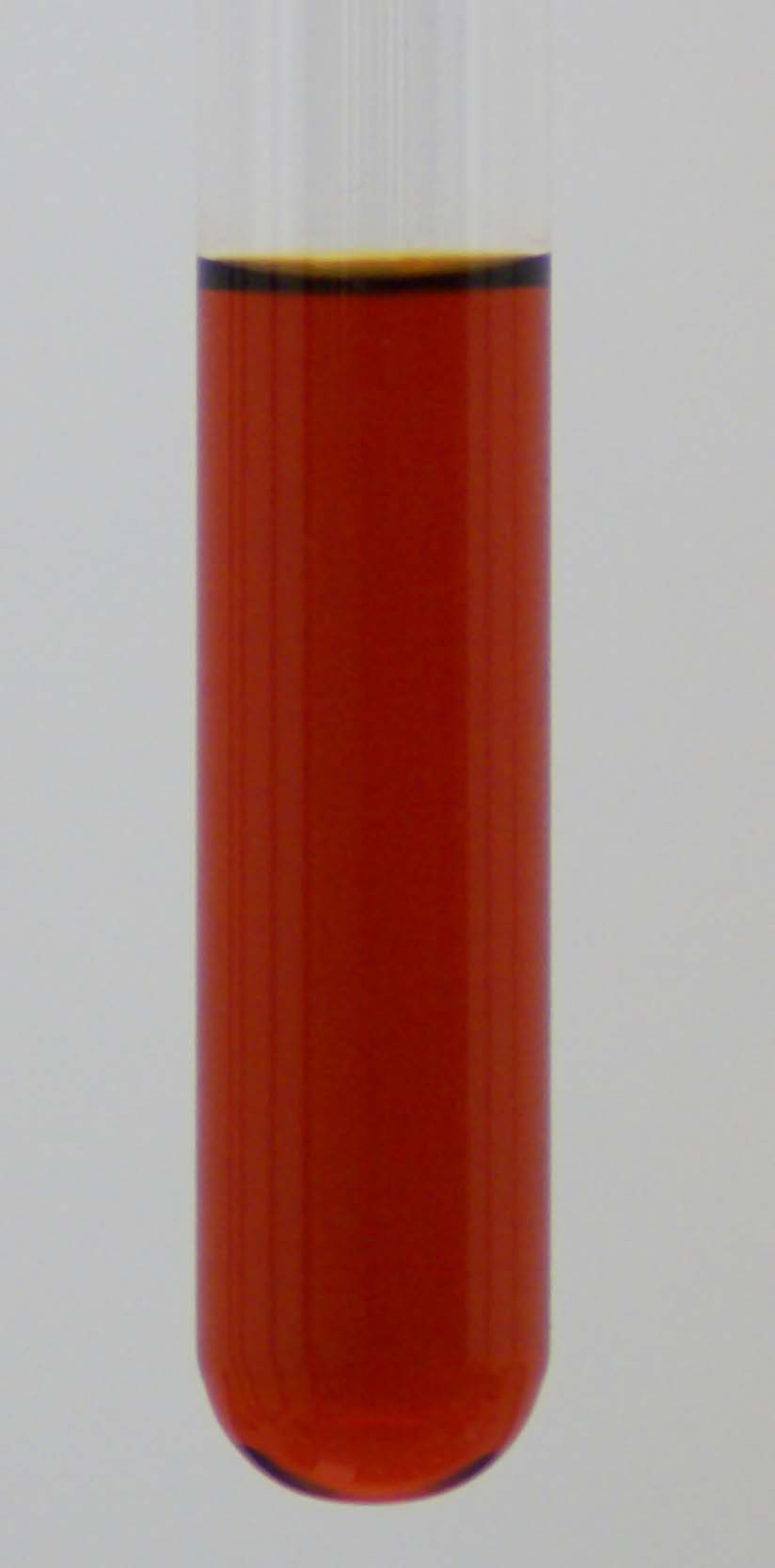|
Damascenone
Damascenones are a series of closely related chemical compounds that are components of a variety of essential oils. The damascenones belong to a family of chemicals known as rose ketones, which also includes damascones and ionones. ''beta''-Damascenone is a major contributor to the aroma of roses, despite its very low concentration, and is an important fragrance chemical used in perfumery. The damascenones are derived from the degradation of carotenoids. In 2008, (E)-β-damascenone was identified as a primary odorant in Kentucky bourbon. Biosynthesis The biosynthesis for β-damascenone begins with farnesyl pyrophosphate (FPP) and isopentenyl pyrophosphate (IPP) reacting to produce geranylgeranyl pyrophosphate (GGPP) Figure 1. Next two molecules of GGPP are condensed together to produce phytoene by removal of diphosphate and a proton shift catalyzed by the enzyme phytoene synthase (PSY). Phytoene then goes through a series of desaturation reactions using the enzyme phytoene d ... [...More Info...] [...Related Items...] OR: [Wikipedia] [Google] [Baidu] |
Damascone
Damascones are a series of closely related chemical compounds that are components of a variety of essential oils. The damascones belong to a family of chemicals known as rose ketones, which also includes damascenones and ionones. ''beta''-Damascone is a contributor to the aroma of roses, despite its relatively low concentration, and is an important fragrance chemical used in perfumery. The damascones are derived from the degradation of carotenoids.Volatile Compounds Released by Enzymatic Hydrolysis of Glycoconjugates of Leaves and Grape Berries from Vitis vinifera Muscat of Alexandria and Shiraz Cultivars. Jérémie Wirth, Wenfei Guo, Raymond Baumes and Ziya Günata, J. Agric. Food Chem., 2001, 49 (6), pages 2917–2923, See also * Rose oil References Further reading * Carotenoids Enones Perfume ingredients Cyclohexenes Multiple Chemboxes, B {{ketone-stub ... [...More Info...] [...Related Items...] OR: [Wikipedia] [Google] [Baidu] |
Essential Oil
An essential oil is a concentrated hydrophobic liquid containing volatile (easily evaporated at normal temperatures) chemical compounds from plants. Essential oils are also known as volatile oils, ethereal oils, aetheroleum, or simply as the oil of the plant from which they were extracted, such as oil of clove. An essential oil is essential in the sense that it contains the essence of the plant's fragrance—the characteristic fragrance of the plant from which it is derived. The term "essential" used here does ''not'' mean indispensable or usable by the human body, as with the terms essential amino acid or essential fatty acid, which are so called because they are nutritionally required by a living organism. Essential oils are generally extracted by distillation, often by using steam. Other processes include expression, solvent extraction, '' sfumatura'', absolute oil extraction, resin tapping, wax embedding, and cold pressing. They are used in perfumes, cosmetics, soaps, air ... [...More Info...] [...Related Items...] OR: [Wikipedia] [Google] [Baidu] |
Lycopene
Lycopene is an organic compound classified as a tetraterpene and a carotene. Lycopene (from the neo-Latin ''Lycopersicum'', the tomato species) is a bright red carotenoid hydrocarbon found in tomatoes and other red fruits and vegetables. Occurrence Aside from tomatoes, it is found in red carrots, watermelons, grapefruits, and papayas. It is not present in strawberries or cherries. It has no vitamin A activity. In plants, algae, and other photosynthetic organisms, lycopene is an intermediate in the biosynthesis of many carotenoids, including beta-carotene, which is responsible for yellow, orange, or red pigmentation, photosynthesis, and photoprotection. Like all carotenoids, lycopene is a tetraterpene. It is insoluble in water. Eleven conjugated double bonds give lycopene its deep red color. Owing to the strong color, lycopene is useful as a food coloring (registered as E160d) and is approved for use in the US, Australia and New Zealand (registered as 160d) and the European ... [...More Info...] [...Related Items...] OR: [Wikipedia] [Google] [Baidu] |
Acetylenic Diol Mechanism
In organic chemistry, the term acetylenic designates *A doubly unsaturated position (''sp''-hybridized) on a molecular framework, for instance in an alkyne such as acetylene; *An ethynyl fragment, HC\equivC–, or substituted homologue. See also * Allylic/Homoallylic * Benzylic * Propargylic/Homopropargylic * Vinylic In organic chemistry, a vinyl group (abbr. Vi; IUPAC name: ethenyl group) is a functional group with the formula . It is the ethylene (IUPAC name: ethene) molecule () with one fewer hydrogen atom. The name is also used for any compound contai ... Organic chemistry {{organic-chemistry-stub ... [...More Info...] [...Related Items...] OR: [Wikipedia] [Google] [Baidu] |
Neoxanthin Synthesis
Neoxanthin is a carotenoid and xanthophyll. In plants, it is an intermediate in the biosynthesis of the plant hormone abscisic acid. It is often present in two forms: all-trans and 9-cis isomers. It is produced from violaxanthin, but a suspected neoxanthin synthase is still to be confirmed. Two different genes were confirmed to be implied in violaxanthin conversion to neoxanthin in Arabidopsis and tomato. It has a specific role in protection against photooxidative stress. It is a major xanthophyll found in green leafy vegetables such as spinach Spinach (''Spinacia oleracea'') is a leafy green flowering plant native to central and western Asia. It is of the order Caryophyllales, family Amaranthaceae, subfamily Chenopodioideae. Its leaves are a common edible vegetable consumed either f .... References {{Carotenoids Carotenoids Epoxides Dienes ... [...More Info...] [...Related Items...] OR: [Wikipedia] [Google] [Baidu] |

